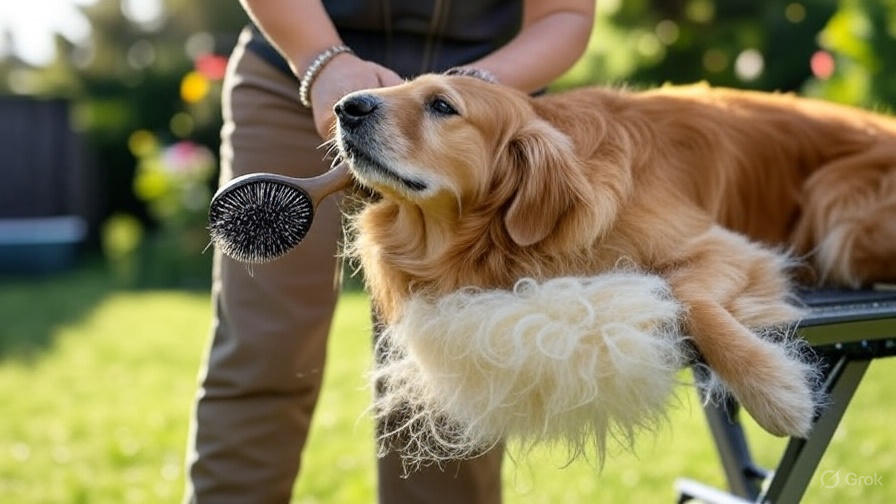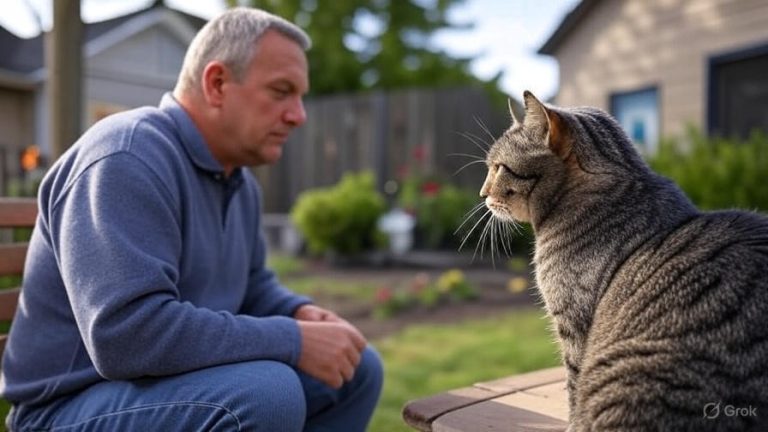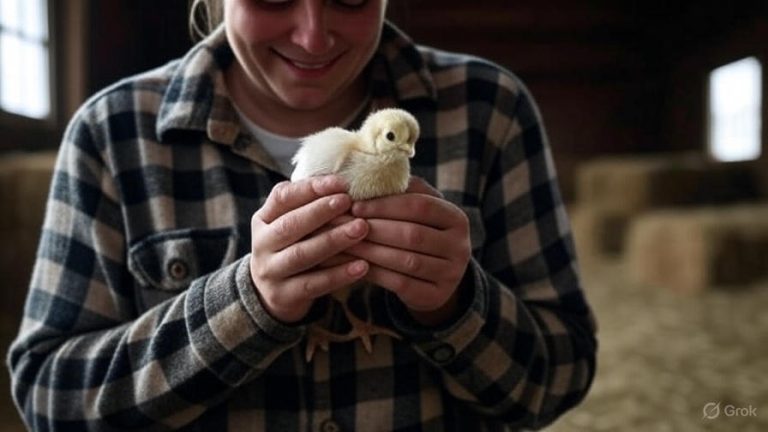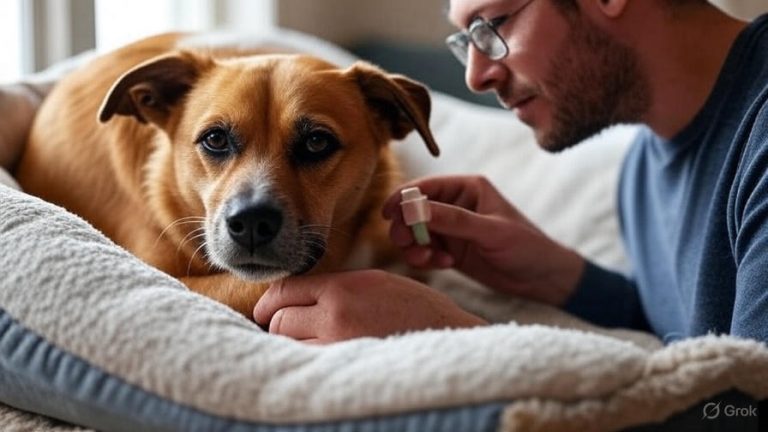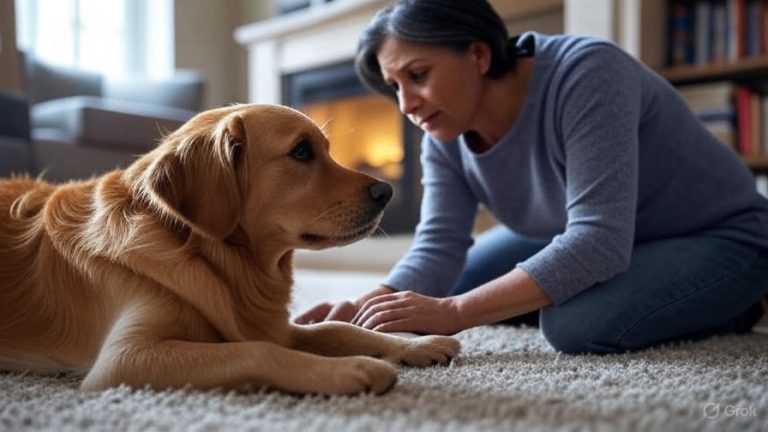How to Detangle Dog Hair?
Every dog owner knows the frustration of finding their beloved pet’s coat transformed into a mass of knots and tangles. Matted dog fur creates discomfort for your furry friend and presents a challenge that many pet parents struggle to handle effectively. This comprehensive guide will teach you proven techniques to detangle dog hair safely while maintaining your pet’s comfort and coat health.
Why Dog Hair Gets Tangled and Matted
Dog hair tangles occur when loose fur combines with dirt, moisture, and natural oils to create knots. Long-haired breeds like Golden Retrievers, Afghan Hounds, and Poodles face this problem most frequently, but even short-haired dogs can develop mats in certain areas.
Several factors contribute to tangled dog fur. Seasonal shedding increases the amount of loose hair that can trap debris and form knots. Active dogs who love rolling in grass, swimming, or playing outdoors collect more environmental particles in their coats. Neglected grooming routines allow small tangles to grow into larger, more stubborn mats over time.
Certain areas of your dog’s body are particularly prone to matting. The chest, behind the ears, under the legs, and around the tail collect the most tangles due to friction from movement and scratching. These high-friction zones require extra attention during regular grooming sessions.
Essential Tools for Dog Hair Detangling
Success in removing dog mats depends heavily on having the right equipment. A slicker brush with fine wire bristles works best for initial detangling work on most coat types. The angled bristles penetrate through the fur to separate individual hairs without pulling too aggressively.
Pin brushes prove invaluable for dogs with longer coats. These tools feature rounded tips that glide through fur while reducing static electricity that can worsen tangles. For severe mats, you’ll need a dematting comb with sharp, widely-spaced teeth designed to cut through stubborn knots.
Detangling spray serves as your secret weapon against tough mats. These products contain conditioning agents that lubricate the hair shaft, making it easier to work through tangles without breaking the fur. Natural alternatives include diluted coconut oil or leave-in conditioners formulated specifically for dogs.
Professional-grade scissors become necessary when mats are too tight to brush out safely. Thinning shears work better than regular scissors because they remove bulk while leaving some hair intact for a more natural appearance.
Step-by-Step Dog Detangling Process
Start your detangling session by examining your dog’s entire coat. Run your hands through the fur to locate all mats before beginning work. This initial assessment helps you plan your approach and gather the necessary tools.
Begin with the least matted areas first. This strategy allows your dog to become comfortable with the grooming process before you tackle more challenging spots. Work systematically from one section to another, completing each area thoroughly before moving on.
Hold the mat close to your dog’s skin to minimize pulling and discomfort. Use your fingers to gently separate the outer edges of the tangle, working from the tips of the hair toward the base. This technique prevents you from tightening the mat and causing pain.
Apply detangling spray liberally to stubborn mats. Allow the product to penetrate for several minutes before resuming your work. The conditioning agents need time to coat each hair strand and reduce friction between tangled sections.
Use short, gentle strokes with your slicker brush to work through loosened tangles. Brush in the direction of hair growth, starting at the ends and gradually working toward the skin. Never force the brush through a mat, as this can break the hair and irritate your dog’s skin.
For particularly stubborn mats, employ the “pick and pull” method. Use the end of a rat-tail comb or your fingers to carefully pick apart individual strands within the tangle. This tedious process takes patience but preserves more of your dog’s natural coat than cutting.
Handling Severe Matting Situations
When mats become too tight to brush out safely, you’ll need to make difficult decisions about removal. Severely matted areas that pull on the skin or restrict movement must be removed completely to prevent pain and skin irritation.
Use thinning shears to carefully cut into thick mats, working from the outside edges toward the center. Make multiple small cuts rather than attempting to remove the entire mat with one snip. This approach gives you better control and reduces the risk of accidentally cutting your dog’s skin.
Position your scissors parallel to your dog’s body rather than perpendicular to the skin. This angle provides a safety buffer and creates a more natural-looking cut line. Always keep one hand between the scissors and your dog’s skin as an extra precaution.
Some mats sit so close to the skin that safe removal becomes impossible without professional help. Groomers have specialized tools and techniques for handling these extreme cases. They can often save more of the coat than you might manage at home.

Preventing Future Tangles and Mats
Regular brushing sessions form the foundation of mat prevention. Daily brushing works best for long-haired breeds, while short-haired dogs may only need attention every few days. Consistency matters more than duration – short, frequent sessions prove more effective than occasional marathon grooming sessions.
Pay special attention to problem areas during each brushing session. The spots behind your dog’s ears, under the front legs, and around the hindquarters collect tangles faster than other areas. Spend extra time on these zones even when the rest of the coat looks perfect.
Proper nutrition supports healthy coat condition and reduces tangling. Dogs fed high-quality diets with adequate protein and essential fatty acids develop stronger, more resilient fur that resists matting. Omega-3 supplements can improve coat texture and reduce static electricity that contributes to tangles.
Environmental factors also influence coat condition. Dry indoor air during winter months increases static electricity and makes fur more prone to tangling. Using a humidifier in your home helps maintain optimal moisture levels for both you and your pet.
Professional Grooming vs. Home Care
Professional groomers possess specialized training and tools that make them highly effective at handling severe matting cases. They understand different coat types and can recommend appropriate detangling techniques for your specific breed. Many groomers also offer guidance on home maintenance routines.
Regular professional grooming appointments serve as excellent preventive care for mat-prone dogs. Most groomers recommend visits every 6-8 weeks for long-haired breeds, though some dogs may need more frequent attention during heavy shedding seasons.
Home grooming between professional appointments keeps your dog’s coat in optimal condition. You don’t need to achieve professional-level results – simple maintenance brushing prevents small tangles from developing into major problems.
Learning basic grooming skills saves money and strengthens the bond between you and your pet. Many dogs enjoy the attention and physical contact that comes with regular brushing sessions. Start slowly and reward your dog with treats and praise to create positive associations with grooming time.
Common Mistakes to Avoid
Many pet owners make the mistake of waiting until mats become severe before addressing them. Small tangles are exponentially easier to remove than large, tight mats. Early intervention saves time, reduces stress for your dog, and preserves more of the natural coat.
Using the wrong tools can worsen matting problems. Human hairbrushes lack the proper bristle configuration for dog coats and may increase tangling. Similarly, using scissors designed for human hair can leave uneven, choppy cuts in your pet’s fur.
Rushing through the detangling process often creates more problems than it solves. Impatient brushing can break hair, irritate skin, and make your dog fearful of future grooming sessions. Take breaks when you or your pet become frustrated, and resume work when both of you feel calmer.
Neglecting to reward good behavior during grooming sessions makes the process more difficult over time. Dogs learn to associate grooming with stress and may become increasingly resistant to handling. Positive reinforcement with treats, praise, and gentle petting creates cooperation and makes future sessions easier.
Special Considerations for Different Coat Types
Double-coated breeds like German Shepherds and Golden Retrievers require different approaches than single-coated dogs. These breeds have a soft undercoat that sheds seasonally and can become trapped in the longer guard hairs. Use an undercoat rake to remove loose fur before it can form mats.
Curly-coated breeds such as Poodles and Portuguese Water Dogs need frequent brushing to prevent their naturally springy hair from forming tight spirals. These coat types benefit from regular professional grooming and may require specialized detangling products designed for curly fur.
Wire-haired breeds like Fox Terriers have coarse, dense coats that resist matting but can develop tangles in softer areas. Focus your attention on the chest, legs, and facial furnishings where the hair texture differs from the main body coat.
Creating a Positive Grooming Experience
Start handling your dog’s paws, ears, and coat from an early age to build tolerance for grooming activities. Puppies who receive regular gentle handling become more cooperative adult dogs during grooming sessions.
Keep grooming sessions short and positive, especially when working with anxious or resistant dogs. Five minutes of successful brushing beats thirty minutes of struggling and stress. Gradually increase session length as your dog becomes more comfortable with the process.
Use high-value treats throughout the grooming process to maintain your dog’s cooperation. Small, soft treats work best because they’re easy to chew quickly and don’t interrupt the flow of your work. Save your dog’s absolute favorite treats exclusively for grooming time to create strong positive associations.
End each grooming session on a positive note, even if you haven’t completed all the work you planned. Dogs remember the last thing that happened, so finishing with praise, treats, and play time helps ensure they’ll be willing participants in future sessions.
Maintaining Long-Term Coat Health
Regular veterinary checkups help identify underlying health issues that might affect coat condition. Skin problems, allergies, and hormonal imbalances can all contribute to changes in fur texture and increased matting. Early detection and treatment of these conditions prevent grooming challenges from developing.
Seasonal adjustments to your grooming routine account for natural changes in shedding patterns and coat density. Many dogs require more frequent brushing during spring and fall when they’re transitioning between winter and summer coats.
Keep detailed records of your dog’s grooming needs and preferences. Note which tools work best, how often different areas need attention, and any techniques that are particularly effective or problematic. This information helps you refine your approach over time and provides valuable details to share with professional groomers.
Remember that patience and consistency are your greatest allies in maintaining a tangle-free coat. Every dog learns at their own pace, and what works for one pet may not work for another. Stay flexible in your approach while maintaining regular grooming schedules, and you’ll develop a routine that keeps your dog comfortable and looking their best.
The investment of time and effort you put into proper coat care pays dividends in your dog’s comfort, health, and appearance. A well-maintained coat not only looks beautiful but also serves its natural functions of temperature regulation and protection from environmental elements. With the right tools, techniques, and attitude, you can keep your dog’s fur smooth, healthy, and tangle-free for years to come.

